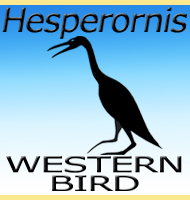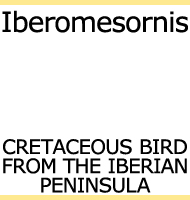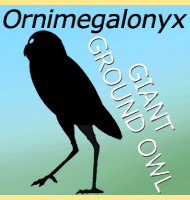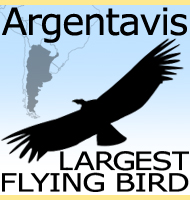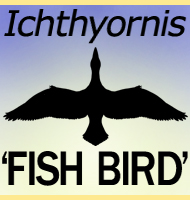


Asteriornis
Name:
Asteriornis
(Asteria's bird).
Phonetic: As-teh-re-or-niss.
Named By: D. J. Field, J. Benito, A.
Chen, J. W. M. Jagt & D. T. Ksepka - 2020.
Classification: Chordata, Aves, Neognathae,
Pangalloanserae.
Species: A. maastrichtensis
(type).
Diet: Omnivore?
Size: Unavailable.
Known locations: Belgium - Maastricht Formation.
Time period: Late Maastrichtian of the Cretaceous.
Fossil representation: Almost complete skull and
partial post cranial remains.
Asteriornis
was a very interesting discovery for followers of bird palaeontology.
Living approximately a million years before the end of the
Cretaceous, Asteriornis shows skull features that
are similar to
chickens (galliformes) and ducks (anseriformes). This
combination of features shows that in form Asteriornis
was very close
to the common ancestor of the Neornithes, the group that includes all
modern birds. The discovery of Asteriornis has
also shown that the
early ancestors of modern neornithe birds were not necessarily
exclusive to the southern hemisphere as previously suggested given that
it is now clear that they were already established in the northern
hemisphere at the same time as the south.
Asteriornis
is interpreted as belonging within the Neognathae, a sub group of the
Neornithes, and being close to the Galloanserae which contains ducks
and chickens. The skull of Asteriornis displays
features that are
similar to both chickens and ducks, which could indicate that
Asteriornis is especially close to the ancestral
form of both groups.
The beak of Asteriornis is shaped in such a way
that suggests that
Asteriornis would have picked its way along the
ground plucking up
small invertebrates and perhaps seeds or other plant matter, though
the exact diet of Asteriornis is still a subject of
speculation.
While partially preserved, what parts of the legs that are known
support reconstruction of Asteriornis as a ground
dwelling bird perhaps
similar to a quail or a jungelfowl in ecological niche.
In
short Asteriornis may have been a generalist
feeder, being able to
adapt to a variety of different environments given that its small size
meant that Asteriornis would not have had to eat
much to live. It may
well have been exactly for these reasons that the ancestors of the
Neornithes group of birds were able to survive the KT extinction that
marks the end of many species. This includes the more primitive birds
which by the time of the late Cretaceous may have become overly
specialised, making them far more susceptible to the cataclysmic
changes of the late Cretaceous. Generalist like the early Neornithes
however, were able to hang on long enough to survive and eventually
thrive.
Further reading
- Late Cretaceous neornithine from Europe illuminates the origins of
crown birds. - Nature 579:397-401. - D. J. Field, J.
Benito, A. Chen, J. W. M. Jagt & D. T.
Ksepka - 2020.
Random favourites
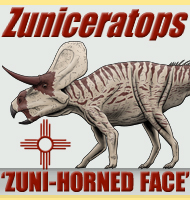 |
 |
 |
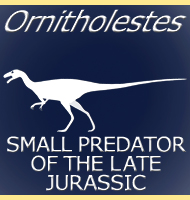 |
